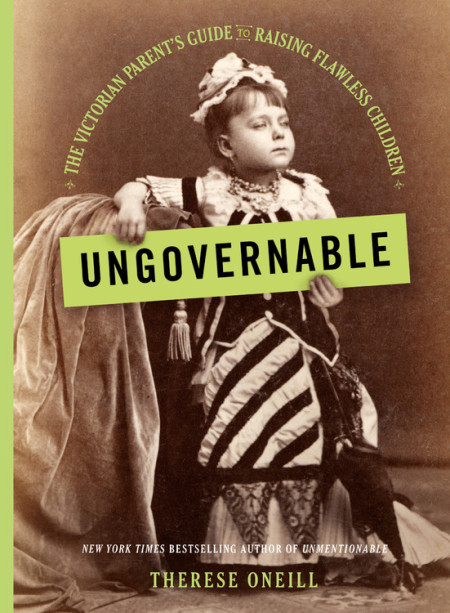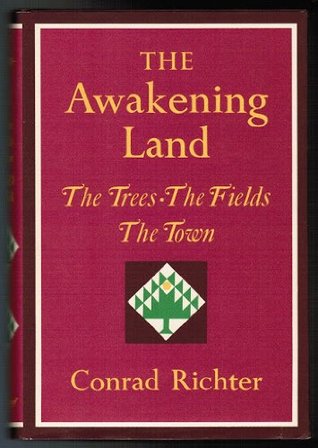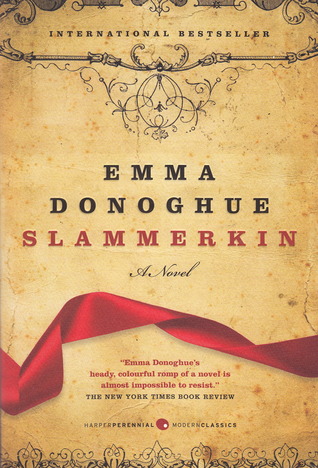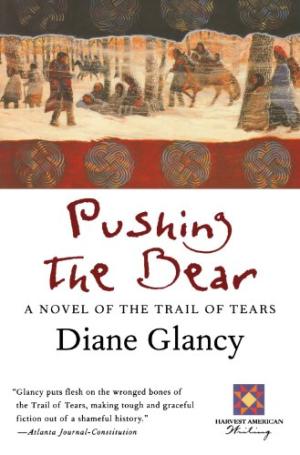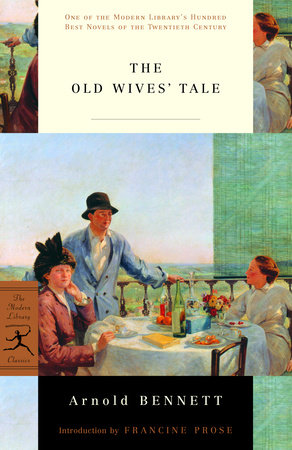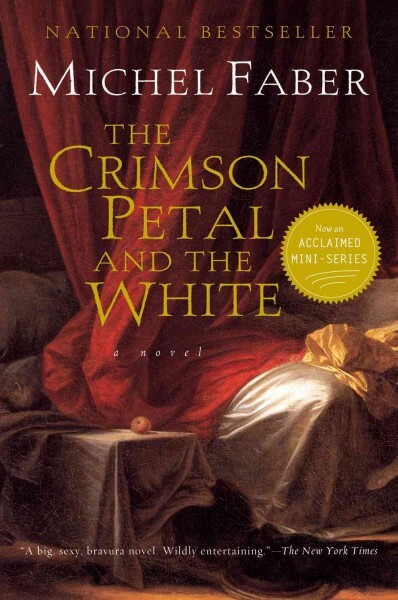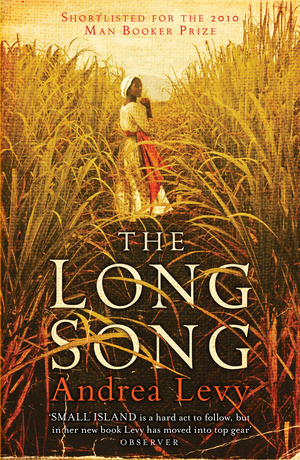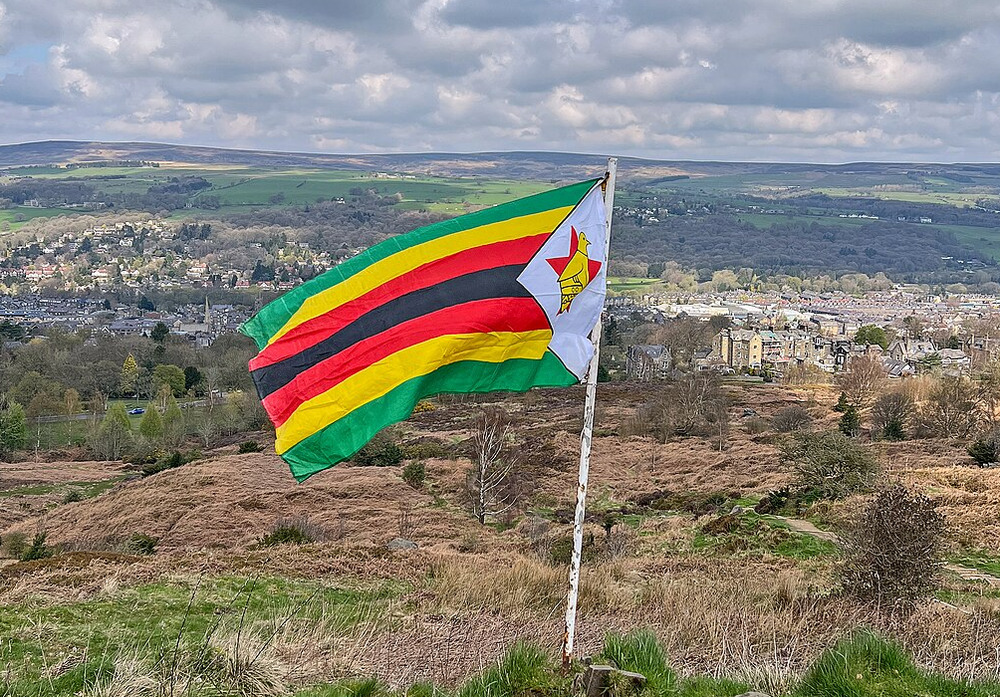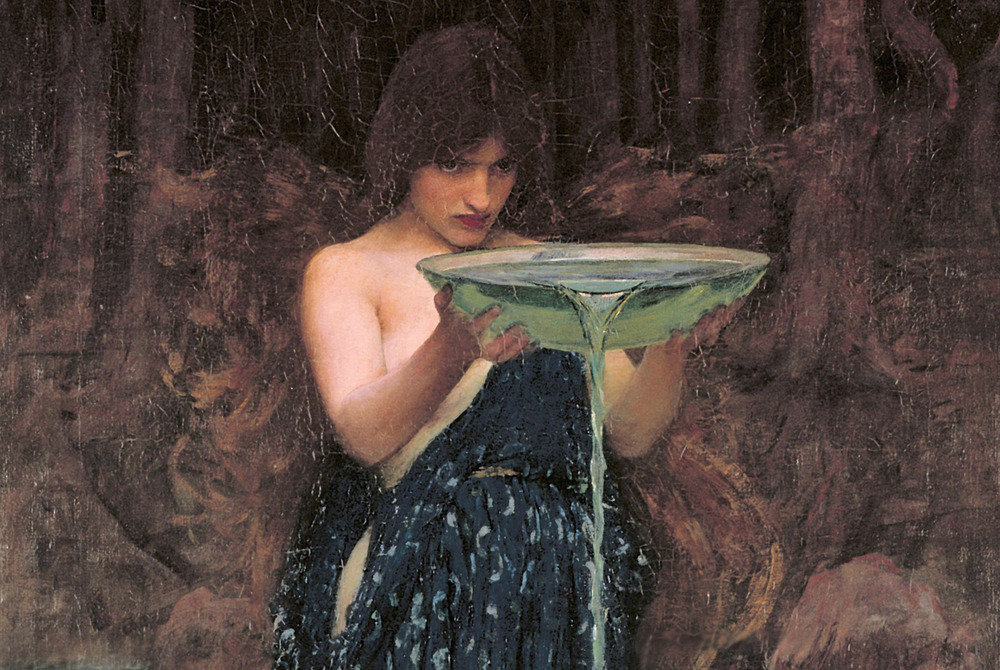Reading Lists
8 Books That Show What Life Was Really Like for Women in Victorian Times
The 19th century was a lot harsher than the bodice-rippers and genteel mysteries would have you believe
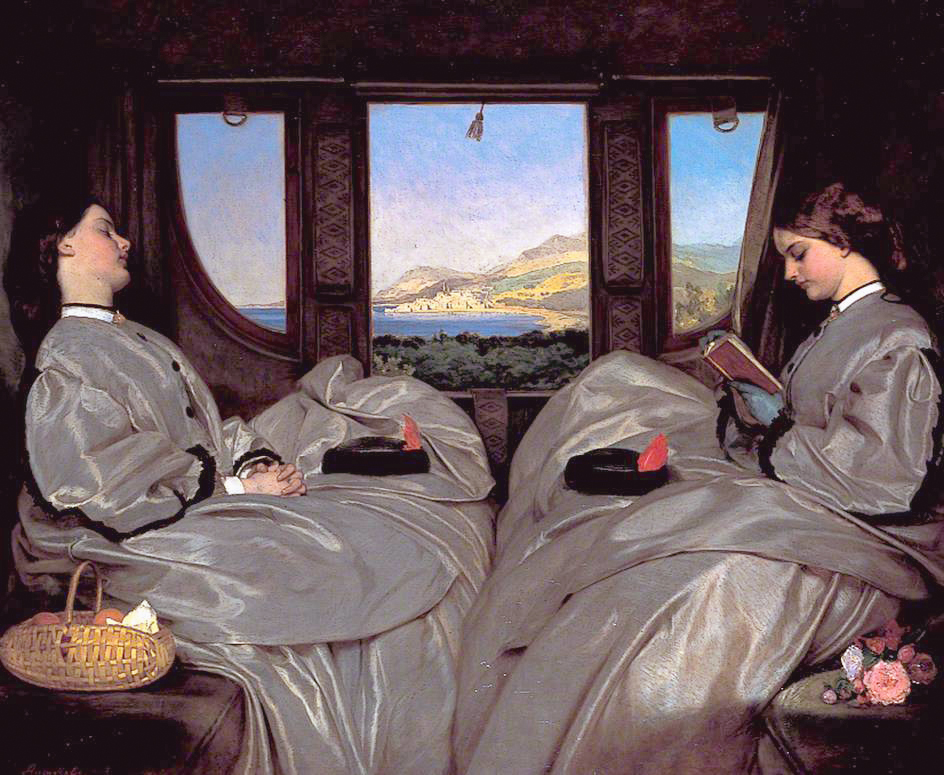
Maybe you like a good bodice-ripper. It’s okay if you do—own it. But it nags at you: how hard is it really, to rip a garment lined with whalebone?
Maybe you like the cozy mysteries of Kate Morton and Philippa Gregory… but you can’t stop calculating the real mystery of how, while preparing a soiree, the heroine found time to slip out and walk two miles in pointy wood-soled shoes to hide that key.
Or maybe you love the classics, written by the women who actually lived in that ruffed and repressed time. In which case it’s just indiscreet to keep wondering how Jane Eyre ever got used to letting a maidservant carry her bowel movements around Rochester’s dark mansion.
In my books, I answer these sorts of questions, because I believe historical details in fiction bridge the gap between you and the woman whose life you’re temporarily inhabiting. They strip the artifice from these women and replace it with honest beauty. Your heroine becomes stronger when you realize she was restricted in dress, mobility, privacy, and every other freedom modern women may take for granted.
The books below all do an above-average job presenting some of the uncomfortable, smelly, sweaty truths behind our cultural image of the corseted and tea-tippling (mostly) British and American women of the Victorian era.
The Awakening Land by Conrad Richter
The Awakening Land is actually a series of three books, The Trees, The Fields, and (Pulitzer Prize–winning) The Town, each taking the reader through the development not only of our pioneer heroine but the creation and settlement of her America. It’s a motion-capture journey that follows a teenage girl, Sayward, stranded with unreliable parents in the life-snuffing early 1800’s Ohio wilderness, through a life of staggering sacrifice, danger, and strength. Richter’s mid-century prose is, like his heroine Sayward, firm and honest. His patient examination of this woman’s life reveals how our grandmothers didn’t just need to adapt to a new life, but simultaneously bend the laws of man and nature to adapt to them. And Sayward is a heroine for the ages; if she weren’t so sensible and reliable, she’d have long found her place with Scout, Scarlett, and Celie as one of the great women of literature. What do you do when you’re miserable-poor, and your boy has one chance to impress folks enough to send him to school, but all his clothes are so shabby they humiliate him? If you’re Sayward, you don’t say a word. But you spend the next 24 hours creating a perfectly tailored fashionable wool suit. And you start by shearing the sheep.
Iola Leroy by Frances Ellen Watkins Harper
Iola Leroy deserves top credit for providing an accurate depiction of what it was like to be a black woman in the 19th century, because it was written by a black woman in the 19th century. So, even if it uses some of the stock characters and plot lines common to romantic fiction of the time, it still provides realism beyond what any amount of research could offer. Iola is a black young woman, but in no way downtrodden. Her light-skinned mother was her white father’s slave, until he freed and married her, pre-Civil War. Iola is subsequently brought up educated and ladylike in the North, until her father dies. Without his protection, she is sold into slavery. Therein starts her torrid adventures of escaping deviant men and abuses while looking for her lost family. Harper’s themes, woven into a readable, sentimental story, are not obsolete. In fact they are one of the first, freshest takes on racism, black pride (Iola is light skinned enough to pass for white but refuses to do it despite the ease it would create), and sexism. Iola Leroy shows us the front end of social misery so big that perhaps few people alive today, over a century later, will live to see the back end. Books like this one, however, provide unique viewpoints to help move things along.
Slammerkin by Emma Donoghue
Slammerkin is set in the 18th century, not the 19th, but Emma Donoghue is one of the most lush history writers alive, so it’s worth wiggling the rules a little for her. More importantly, the particulars of the life of her character, teenage Mary Saunders, would not have been very different 100 years on. Mary Saunders was a real girl, and the rough facts of her death (not a spoiler, no one makes it out of good literature alive) were enough for Donoghue to transport you to the deadly cold of London streets, and give you the hunger pains of both stomach and soul. Mary is no one’s hero, not even her own, nor is she required to be. Donoghue puts us in a world where survival, tinged with any tiny pleasure you can scrape up, is what life is. Through Mary we learn that being “bad” can offer so much more freedom than virtuously starving—until it doesn’t anymore. Virtue provides so much safety, until the people you depend on stop treating you with care. And it’s easy to be a “good woman” until temptations and desperation overtake you, no matter what century you live in.
These is My Words by Nancy E. Turner
Nancy Turner’s book is probably the most accessible and fanciful on my list. Meaning it’s the most fun you’re ever gonna have reading about floods, rape, hostile natives, fire, dead children, bad marriage, crazy mothers, banditos, snakes, scarlet fever, and stuck-up neighbors. You’re guided through all of it by the most spitfired, kick-ass plain talkin’ pioneer woman ever to tread frontier Arizona’s miserable dust. Sarah is the technicolor version of what our foremothers went through to survive inhospitable territory. She has the spunk of the modern woman, not the silence and wiles of a 19th-century woman. She is not quiet, she does not know her place, and she always chooses virtue. A bit glossy, but a great introduction to the rough brave lives of the women of frontier America.
Pushing the Bear by Diane Glancy
Before the grandmothers of white women were able to begin their harrowing journeys toward settling American land, something awful had to happen. The grandmothers of brown women, Native Americans of innumerable tribes, had to be forcibly removed from that selfsame land.
Pushing the Bear places the reader in the grit and sorrow of the Indian Removal Act, what we more commonly call the “The Trail of Tears.” Glancy uses many voices to tell the story of the long and deadly march, though most is seen through the eyes of Maritole, a Cherokee woman. The history is deftly researched, and Glancy knows that Maritole, the representative woman of the story, can’t tell her story without including the stories, anger, and fear of the people, particularly the men, around her, both Native and white. In a culture where gender roles deeply matter, emasculation by a foreign military changes more than just a society; in the case of Maritole and others displaced like her, it can change what it means to be a woman.
The Old Wives’ Tale by Arnold Bennett
The Old Wives’ Tale is, as Victorian books will be, long, detail-heavy, and slow-paced—but somehow it’s still quite readable. It is the story of two sisters, teens when we meet them in 1860s England, and the choices each make that will guide the rest of their lives. What Bennett makes clear, though, is that they had almost no choices. They must both be wives, of course, but one is rebellious and foolhardy, one solid and perfunctory. Bennett quite outrageously shows that it doesn’t matter which road is taken; neither woman was meant to thrive, not even the proper and virtuous one. He deftly illustrates their lack of agency and the weaknesses they cultivate in response to their powerlessness. Bennett might not have known he was a feminist, but he expertly shows how Victorian society was a well-laid trap for most of its female participants.
The Crimson Petal and the White by Michel Faber
Probably the most thorough and intriguing exploration of Victorian women’s lives, replete with transporting detail and dialog and a story you can’t put down. You’re mostly going to be accompanying Sugar in this brilliant book by multi-faceted writer Michel Faber. Sugar is one of the most sought-after young prostitutes of 1870s London. Her ability to hide her rage toward her clients doesn’t quell it, however, and she spends near all her free time writing tortuous fantasies of harming those who use her. But she is shrewd, capable, and she will find her way up and out.
But you’re also going to meet Agnes. She’s a Wealthy Respectable Woman, but so delicate, so babied, that she cannot function in society; even though her lot is the luckiest a woman of her time could draw. Or is it? Sugar never had a childhood; Agnes isn’t allowed to leave hers.
Faber doesn’t give us the simple contrast of high and low, cunning and ignorant. He has other flowers to make this bouquet sweet and thorny. The unflappable Emmeline Fox, plowing through Victorian decorum to save the fallen woman of the world, women like Caroline, “a sweet soul” who truly prefers the relatively simple work of prostitution to the “donkey work” of the virtuous poor. The women of Faber’s Victorian Age stride, stagger, dance and skulk through their distinct but intertwining worlds. Their power is limited, but they are in motion, and every tornado starts with a breeze.
The Long Song by Andrea Levy
Eighty-something Miss July will tell you her story, as her son is urging her to do. But she’s not going to tell it the way you usually like to hear your ex-slave stories. She’s not even going to tell it the way her son Thomas wants her to. He’s pretty pushy for someone she abandoned on a doorstep when he was a baby. Yes, she was a slave on a British sugarcane plantation in Jamaica, and yes, she was set “free” in the Baptist War of 1831, but that’s all beside the point of the story she wants to tell. If you want some noble savage or magical negro, look somewhere else. Besides, she would say, she’s mulatto, not black, and you better know the difference.
Frankly, you might not think she’s a that pleasant of a person. Actually, there might be no one in her story who you find yourself particularly rooting for. That’s not her problem, though it does beleaguer her son a bit.
Levy is a funny writer, and she dares to bring humor to this very sensitive subject. Allowing these imperfect, mercurial, and disappointing characters to tell their own story makes The Long Song one of the most authentic depictions of 19th century women you’ll ever find.




